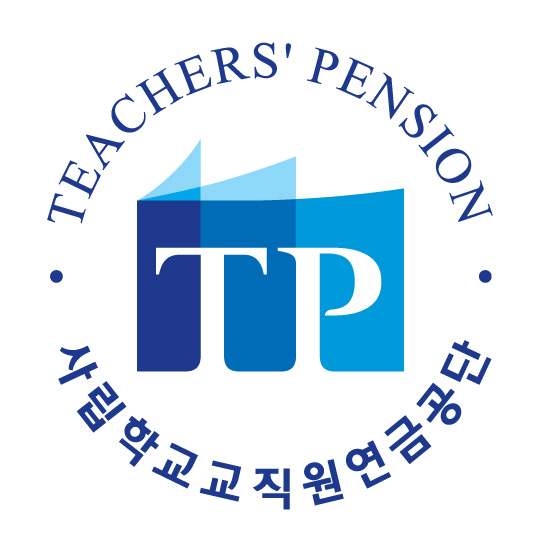Korea Teachers’ Pension to invest $100 mn in Crescent Capital mezzanine fund
Aug 31, 2016 (Gmt+09:00)
1
Min read
Most Read
LG Chem to sell water filter business to Glenwood PE for $692 million


Kyobo Life poised to buy Japan’s SBI Group-owned savings bank


KT&G eyes overseas M&A after rejecting activist fund's offer


StockX in merger talks with Naver’s online reseller Kream


Mirae Asset to be named Korea Post’s core real estate fund operator


 The Teachers’ Pension of South Korea will commit $100 million to a North America-focused, blind mezzanine fund to be launched by U.S.-based Crescent Capital Group, the pension fund of private school employees said on August 31.
The Teachers’ Pension of South Korea will commit $100 million to a North America-focused, blind mezzanine fund to be launched by U.S.-based Crescent Capital Group, the pension fund of private school employees said on August 31.Crescent Capital is in the process of fund-raising for Crescent Mezzanine Partners VII, a new breed of a series of the asset management firm's mezzanine funds. It is not immediately known how much the U.S. firm is aiming to raise through the new fund which will employ mid-risk, mid-return strategy. In 2013, Crescent raised more than $3.4 billion for Crescent Mezzanine Partners VI, exceeding its initial fund-raising target and representing its largest private mezzanine offering.
Teachers’ Pension, which manages 13 trillion won ($12 billion) in assets, has committed about $400 million on aggregate to alternative assets ranging from real estate mezzanine debts and infrastructure funds to secondary funds (i.e. fund of funds) so far this year.
“Given that Crescent started mezzanine investing in 1992, we judged that it has a long management history and recorded outstanding performance,” said a source of the Teachers’ Pension. Crescent Capital was established in 1991, based in Los Angeles, California. It managed over $21 billion as of end-June, 2016. It is known that South Korea’s National Pension Service and the Korean Teachers’ Credit Union had also invested in mezzanine funds launched by Crescent Capital.
“Going forward, we will look for value-added real estate funds and project funds and invest in them,” the pension fund said in a statement.
Teachers’ Pension is aiming to boost the proportion of alternative investments to 20.1% of its portfolio this year from 16% in 2015. By comparison, it plans to cut the ratio of domestic debts further to 33.3% in 2016 from 44.1% last year.
Mezzanine funds invest in debts which are seen in the middle ground between senior debts and common shares. They are expected to produce stable dividend incomes and make extra profits, depending on the results of the company in which the funds invest.
By Daehun Kim
daepun@hankyung.com
Yeonhee Kim edited this article
More to Read
-
 Real estateMirae Asset to be named Korea Post’s core real estate fund operator
Real estateMirae Asset to be named Korea Post’s core real estate fund operatorApr 29, 2025 (Gmt+09:00)
-
 Asset managementMirae Asset bets on China as Korean investors’ US focus draws concern
Asset managementMirae Asset bets on China as Korean investors’ US focus draws concernApr 27, 2025 (Gmt+09:00)
-
 Alternative investmentsMeritz backs half of ex-manager’s $210 mn hedge fund
Alternative investmentsMeritz backs half of ex-manager’s $210 mn hedge fundApr 23, 2025 (Gmt+09:00)
-
 Real estateRitz-Carlton to return to Seoul, tapped by IGIS Asset for landmark project
Real estateRitz-Carlton to return to Seoul, tapped by IGIS Asset for landmark projectApr 22, 2025 (Gmt+09:00)
-
 Real estateS.Korean gaming giant Netmarble eyes headquarters building sale
Real estateS.Korean gaming giant Netmarble eyes headquarters building saleApr 18, 2025 (Gmt+09:00)
Comment 0
LOG IN


